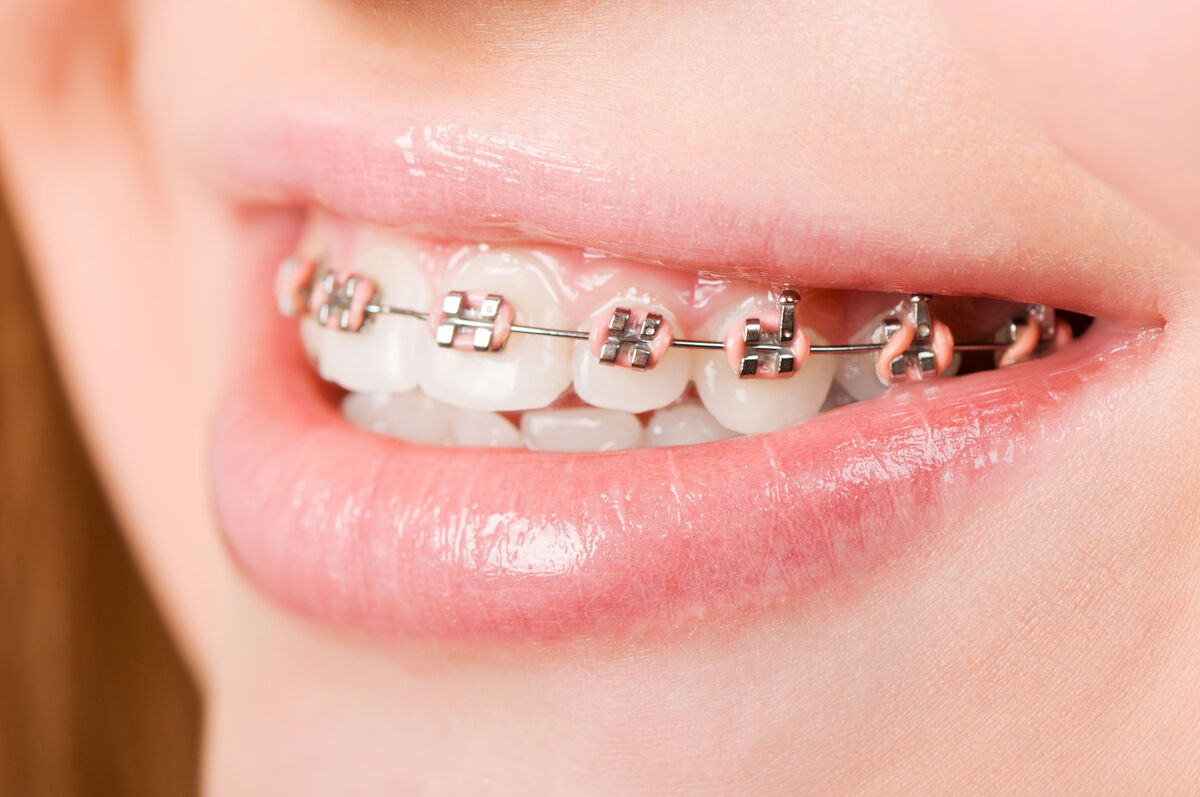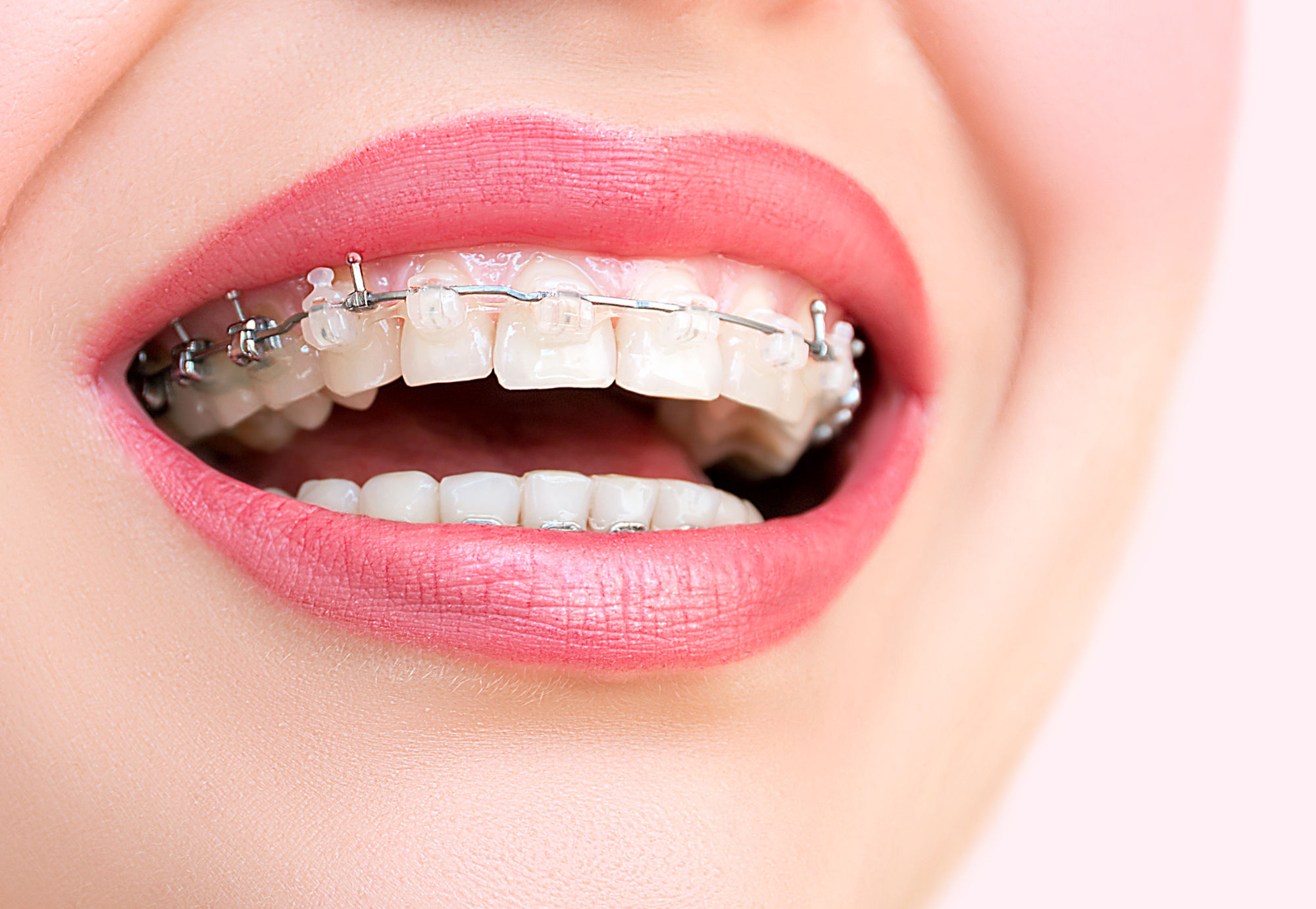Contents

Metal Braces vs. Ceramic Braces: Which Should You Choose?
Modern orthodontics offers a diverse range of appliances to correct tooth alignment and improve both smile aesthetics and chewing function. Among the most common fixed options, the choice often comes down to traditional metal braces versus the more discreet ceramic braces. How do you make the right choice?
Understanding the specifics, advantages, disadvantages, and costs of each type of appliance is essential for making an informed decision that suits your needs, expectations, and budget.
What Are Braces and What Is Their Role?
Braces, or brackets, are key components of fixed orthodontic treatments. They are not merely cosmetic accessories; their primary function is therapeutic. They effectively correct a wide variety of malocclusions (misalignments of the teeth and/or jaws):
- Crowded teeth.
- Gaps between teeth (diastemas).
- Rotated teeth.
- Bite problems (overbite, underbite, crossbite).
In children and adolescents, fixed orthodontic appliances also play a crucial role in guiding jaw growth for harmonious development. Their versatility and proven effectiveness explain why they remain a benchmark in orthodontics.
Metal Braces: The Classic and Robust Option
Metal braces are the oldest and most common type of fixed orthodontic solution. They consist of small, medical-grade stainless steel brackets bonded to each tooth and connected by a metal archwire that guides the teeth into position.

Advantages of Metal Braces
- Exceptional Strength: Very durable, they withstand orthodontic forces well and are less prone to breaking.
- Proven Effectiveness: They can effectively treat nearly all cases, including the most complex ones.
- Affordable Cost: They generally represent the least expensive fixed option.
- Reliability: Their performance and durability are well-established over decades of use.
Disadvantages of Metal Braces
- Visibility: This is their main drawback; they are very noticeable and can be a source of aesthetic concern, especially for adults.
- Initial Comfort: The metal texture can cause irritation to the cheeks and lips at the beginning of treatment.
- Adjustments: Require regular visits to the orthodontist to adjust the archwire and change the ligatures.
Ceramic Braces: The Aesthetic Alternative
Ceramic braces offer a more discreet alternative to metal appliances. Made from polycrystalline ceramic materials, their color blends in with the tooth enamel.
The Main Advantage: Discretion
The primary benefit of ceramic braces is their aesthetic appearance. They are significantly less noticeable than metal braces, which is often preferred by adults and appearance-conscious teenagers.

Advantages of Ceramic Braces
- Improved Aesthetics: Their tooth-like color makes them much more discreet.
- Effectiveness: They can treat the majority of orthodontic problems, just like metal braces.
- Comfort: Often perceived as slightly more comfortable against soft tissues than metal.
Disadvantages of Ceramic Braces
- Relative Fragility: Ceramic is more brittle than metal. More care must be taken with hard or sticky foods.
- Staining Risk: The brackets themselves are quite stain-resistant, but the clear elastic ties used to hold the wire can stain from foods like coffee, tea, wine, or curry, or from smoking.
- Size: Ceramic brackets are often slightly larger than their metal counterparts to compensate for their lower strength.
- Higher Cost: They are significantly more expensive than metal braces.
Detailed Comparison: Metal vs. Ceramic
Here is a summary of the key differences to help you choose:
| Feature | Metal Braces | Ceramic Braces |
|---|---|---|
| Aesthetics | Highly visible | Discreet (tooth-colored) |
| Durability | Very high | Lower (more brittle) |
| Stain Risk | None (on brackets) | High (on elastic ties) |
| Effectiveness | Excellent for all cases | Very good, slightly more friction |
| Cost | Most affordable | Higher |
Other Aesthetic Options and Alternatives
Beyond ceramic braces, other discreet solutions exist:
- Lingual Braces: Brackets are bonded to the inside (tongue-side) of the teeth, making them completely invisible from the outside. Very effective but also the most expensive and can initially affect speech.
- Clear Aligners: Systems like Invisalign use a series of removable, nearly invisible trays. They are highly aesthetic, comfortable, and allow for perfect hygiene. However, they require great discipline (22 hours/day wear) and are not always suitable for the most complex cases.
Treatment Process and Practical Considerations
Financial Considerations
The cost of orthodontic treatment with braces varies greatly. As a general guide:
- Metal Braces: Typically $3,000 - $7,000 for a full treatment.
- Ceramic Braces: Typically $4,000 - $8,000 for a full treatment.
- Insurance coverage for adult orthodontics is becoming more common. Check your plan for a "lifetime orthodontic maximum" benefit.
Daily Care and Precautions
Impeccable hygiene is crucial during treatment with braces to prevent cavities and gum problems:
- Meticulous brushing after every meal with an orthodontic toothbrush.
- Essential use of interdental brushes or a water flosser to clean under the wire and around brackets.
- Avoid hard, sticky, or very sugary foods.
- For ceramic braces, limit staining foods to preserve the aesthetics of the elastic ties.
Conclusion: Making the Right Choice for Your Smile
The choice between metal and ceramic braces depends on your personal priorities: aesthetics, budget, desired durability, and the complexity of your case. Metal braces remain the gold standard for strength and cost-effectiveness, while ceramic braces offer an excellent alternative for those who prioritize discretion.
The Key: The Consultation
Openly discuss your expectations and constraints with your orthodontist. They will evaluate your clinical situation and present the most suitable options, helping you make the best decision.
